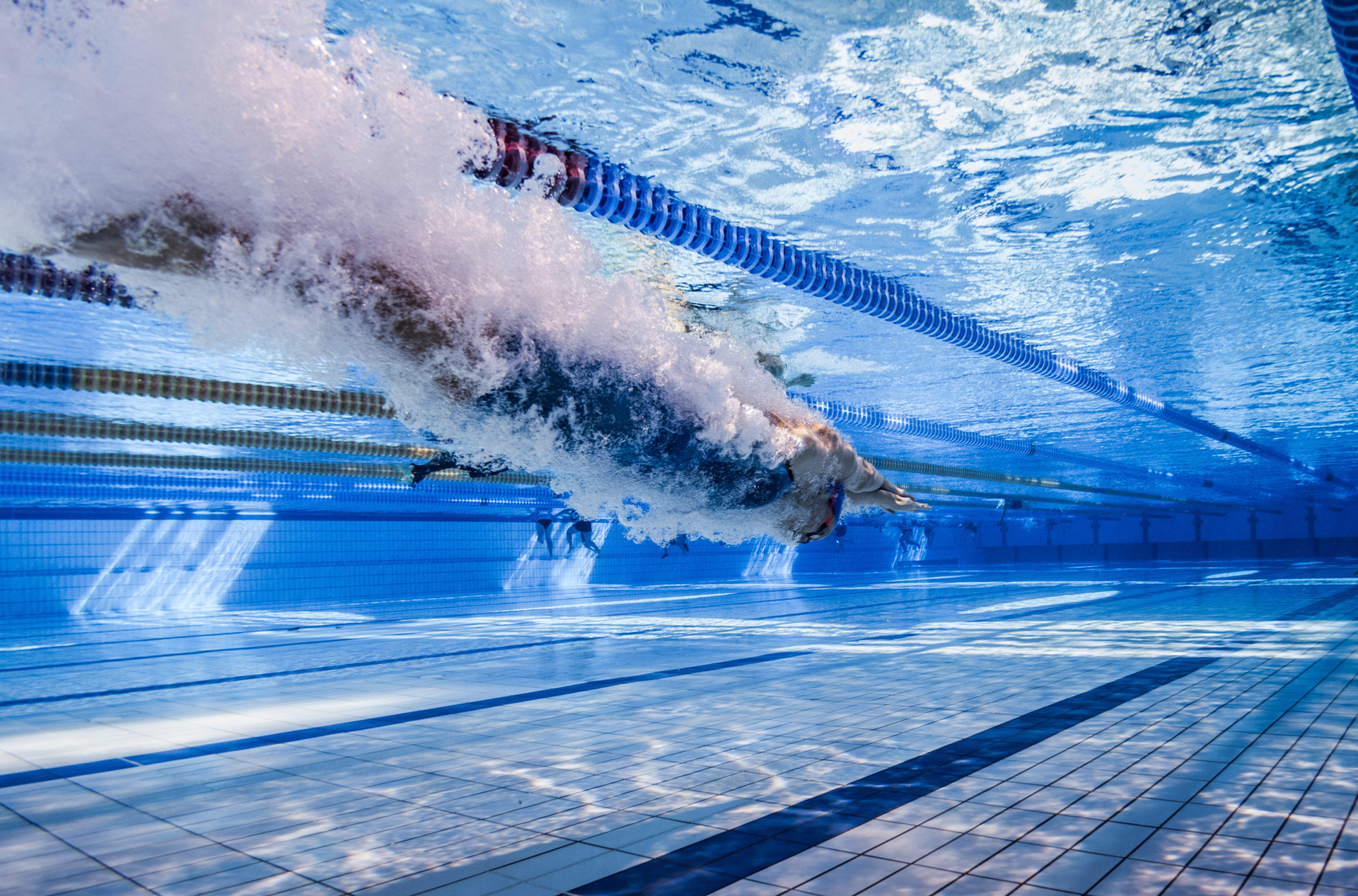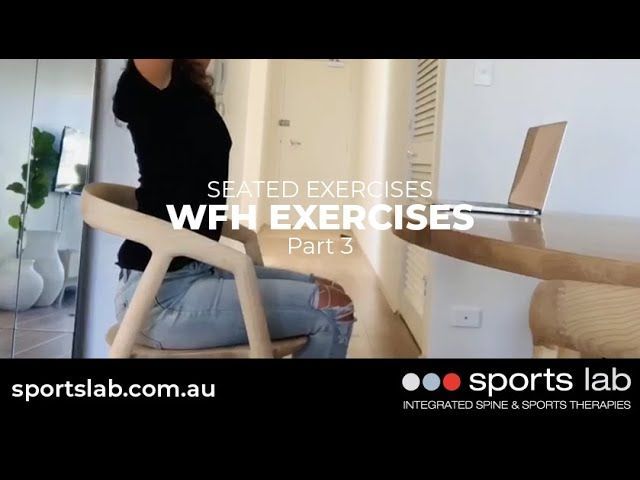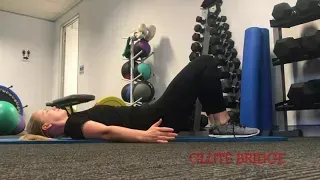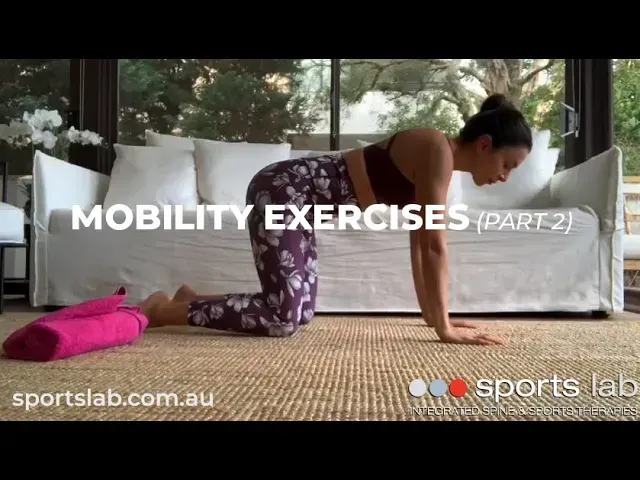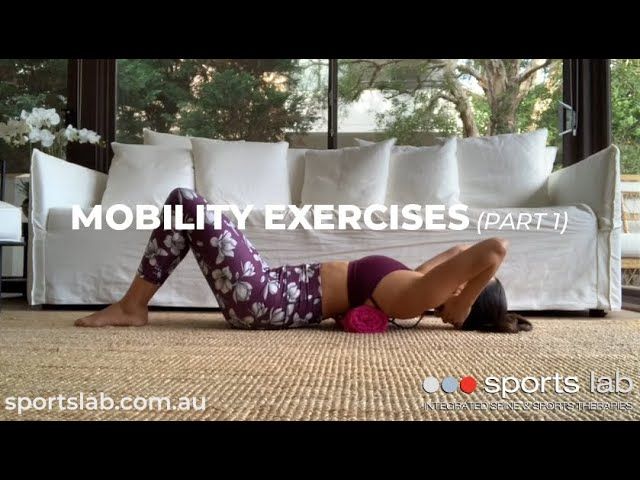Running Shoes
Running shoes don’t matter… until they do
It’s widely accepted that with consistent and sustained training, we build resilience, strength and fitness. These changes highlight how adaptable we are as humans.
A runner’s aerobic fitness improves with consistent training, and the same can be said for feet, getting stronger and more tolerant of running with consistent loading. In response to these adaptations, it is also reasonable to assume that the shoe preferences of a runner may change over time.
Our ability to adapt is compromised with rapid changes, with the body struggling to adapt fast enough. Foot mechanics and shoes are no exception.
With sudden and/or significant changes in running shoes, the risk of injury increases as we don’t have enough time to adapt. For example, the minimalist running shoe craze of 10-15 years ago saw runners the world over suddenly adopting flat, highly-flexible, minimally-cushioned shoes. Many of those runners, however, especially the inexperienced ones, unwittingly jumped from heavily structured, plush, cushioned shoes into minimalist shoes, resulting in injuries such as Achilles tendinopathy and stress fractures of the foot. Interestingly, over recent years the minimalist craze has made way for highly-cushioned, carbon-plated super shoes.
The lesson learned? Just like our training, to keep you running pain and injury-free changes to our running shoes should be gradual. When selecting a running shoe that’s right for you, first and foremost it should be comfortable straight out of the box and should fit well. Furthermore, rotating different shoes has been shown to reduce injury risk. So when you find a shoe that is comfortable and fits you well, buy another one with similar specs and rotate your shoes regularly.
Want more information about running and/or running shoes?
Book in for a consultation or an assessment with one of our Sports Lab physios today,
or for a shoe assessment by Sports Lab podiatry!
This article was written by Sports Lab Physiotherapist and Runner, Matthew McFadden.
